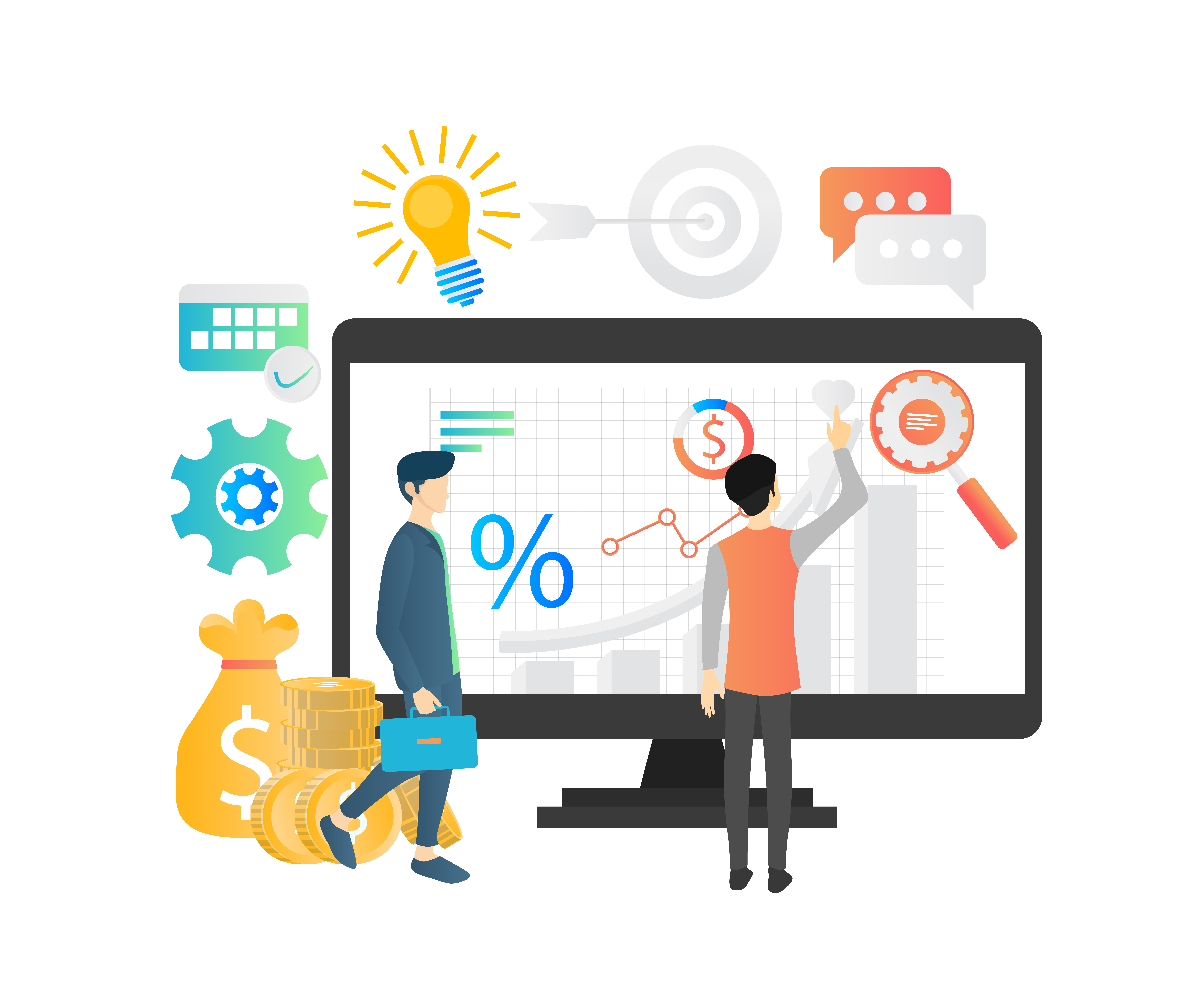6 Software Development Trends
The rapid pace of technological change means that software develops at a faster rate today than ever before. The software development industry is one that is constantly evolving, often resulting in extremely quick turnover when it comes to new innovations. In turn, software development professionals need to stay on top of their game, and keep current with their skills so as to not fade into anonymity. Here are some of today’s top software development trends to keep an eye out for in this quickly changing industry:

Source: https://pixabay.com/illustrations/software-development-virtual-3682509/
Cognitive Computing
There’s no doubt that cognitive computing and its various applications, is one of the top software development trends today. An article on DZone defines cognitive computing processes as those which use “a blend of artificial intelligence, neural networks, machine learning, natural language processing, sentiment analysis, and contextual awareness to solve day-to-day problems just like humans.” Cognitive computing differs from AI in that it mimics and learns the human thought process, as opposed to using an algorithm to solve a problem. Because of this, cognitive computing — much like humans — makes for the ability to process “unstructured information.” Only, it does so at a much faster rate than humans ever could.
Currently, cognitive computing is revolutionizing the business world, and is being utilized in every industry from healthcare to fantasy football. Its applications are endless, and as the software develops further, cognitive computing is sure to become even more ingrained in our everyday lives.
Mixed Reality
Mixed Reality (MR) is one of the top software trends for 2019. Mixed reality is a combination of virtual reality (VR) and augmented reality (AR). It is estimated that the MR market will reach USD 1648.6 million by 2025, with a growth rate of almost 46%.
Additionally, experts from Blueberry Consultants predict that 70% of enterprises will experiment with some form of immersive technology like MR by 2022. Specifically, MR has seen much success in web and mobile applications, allowing customers to interact with products better.
AI-Driven Development
AI is being increasingly embedded in various software applications. From automated testing to augmented analytics, Blueberry Consultants predict that AI and machine learning will continue to grow. AI has not only been used on the business end of things, but is becoming more and more accessible to consumers too.
Some of its most remarkable applications have been seen in the healthcare industry, especially in terms of research and development. Additionally, AI is being used to complete tasks like billing and fulfilling medical supply chains that would traditionally require human intervention. In turn, medical professionals have more time to focus on problems that really matter, and bettering the healthcare industry as a whole. AI has also allowed for major strides in the banking sector, agriculture, and even in terms of improving education.
Language Trends
As software technology develops, so do the languages that are used to program it. JavaScript, with its adaptivity and various frameworks, continues to be the most popular language amongst developers. Python is another language whose usage is steadily growing. There is a slight debate about whether it ranks second or third after JavaScript, though it’s safe to say it’s in the top three programming languages around. Because Python isn’t as widespread as JavaScript, the demand for professionals who are well-versed with Python is skyrocketing.
Typescript is a third language trend that has gained traction in recent years. Typescript can do all that JavaScript can, but is said to be much easier to use. With this in mind, high growth is projected for Typescript in the future.
Outsourcing Software Development
The outsourcing market is growing more every year. To save costs and resources, the software development industry has seen significant outsourcing, and according to James, this trend seems to be on an upward trajectory. For companies with a small budget, outsourcing might make sense. However, it must be noted that there are limitations to not building one’s software in-house. Custom software that is built in-house is quickly scalable and is suited for a business’s particular needs. It also gives one’s business a competitive edge, as opposed to off-the-shelf and/or outsourced software.
At the same time, building custom software can be prohibitively expensive. The expense factor, as well as the time and skill required to build custom software, are two of the primary reasons why an increasing number of businesses are choosing to outsource software development.
Cybersecurity
With all the software development trends that largely rely on online connectivity, it’s no surprise that cybersecurity is gaining importance too. As cyberattacks become more common and result in devastating losses, the need for advanced cybersecurity is increasing exponentially. Without cybersecurity, software advancements don’t mean much as businesses have no way of protecting themselves against the threats that come with the advancement of technology.
As stated by Michelle Drolet, a Forbes Councils Member in an article on Forbes, international efforts to collaborate and protect data is an up-and-coming trend within the field of cybersecurity. This can be seen in the operationalizing of the GDPR – EU’s General Data Protection Regulation. The GDPR has already inspired other state-led protective frameworks, such as the California Consumer Privacy Act (CCPA). It’s not long before other countries and states begin to follow suit.
In the realm of cybersecurity, end-user awareness has also become a priority. More and more businesses realize that the end-user needs to have a knowledge of cybersecurity. Without this, assets cannot remain adequately protected. According to Drollet, “No matter how hardened your IT security measures are, your users will always remain the weakest link in the security chain. Deploying next-gen security measures alone will not help in doing what’s necessary.” Due to this, cybersecurity awareness training programs have become a staple in many businesses worldwide, and will continue to remain popular in the coming years.
These trends give an overview of the many developments in the information technology industry. Both businesses and software development professionals need to stay abreast of these trends, and keep their capacities as current as is possible. After all, in an ever changing field like software development, the only way to succeed is to stay ahead of the curve.
















